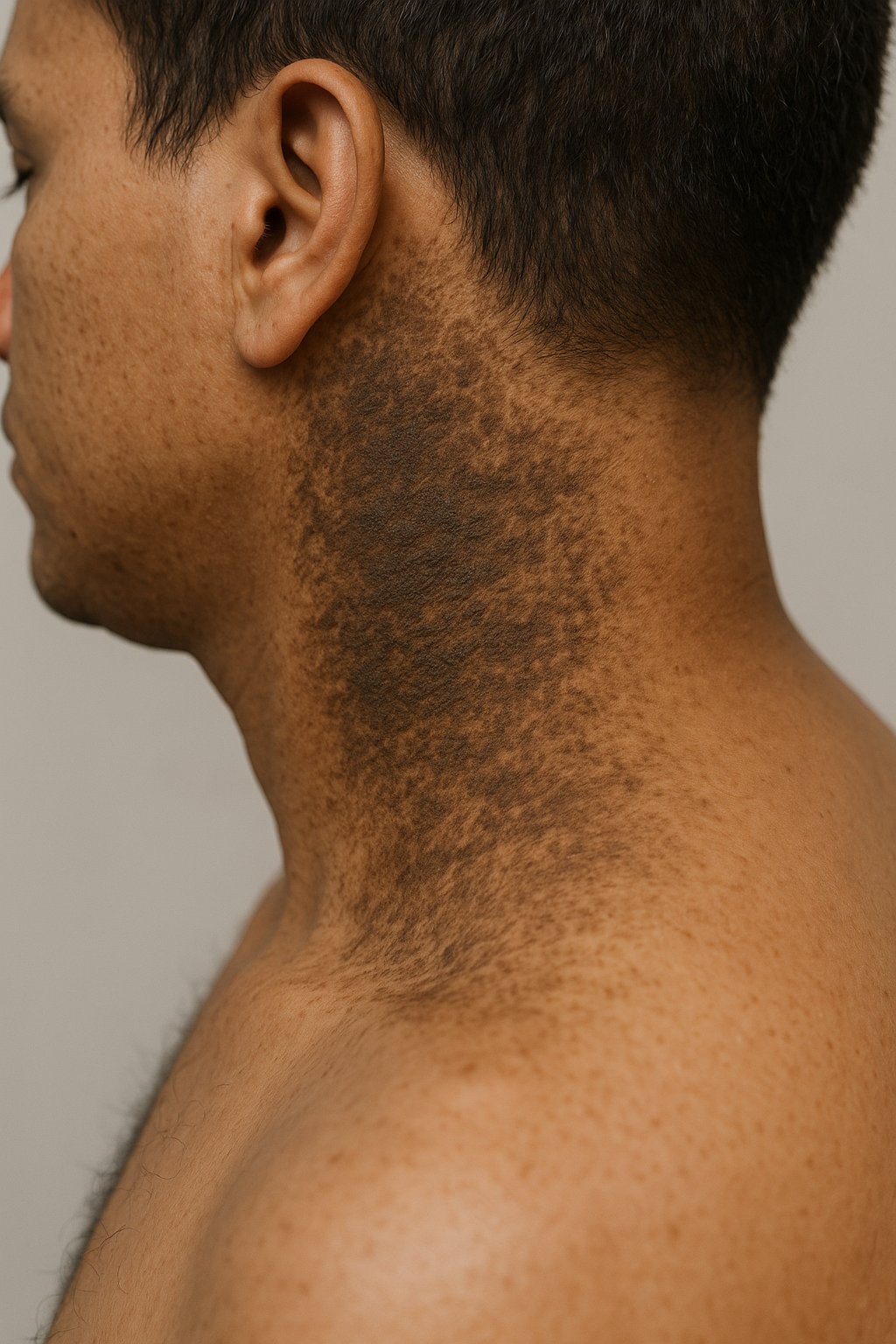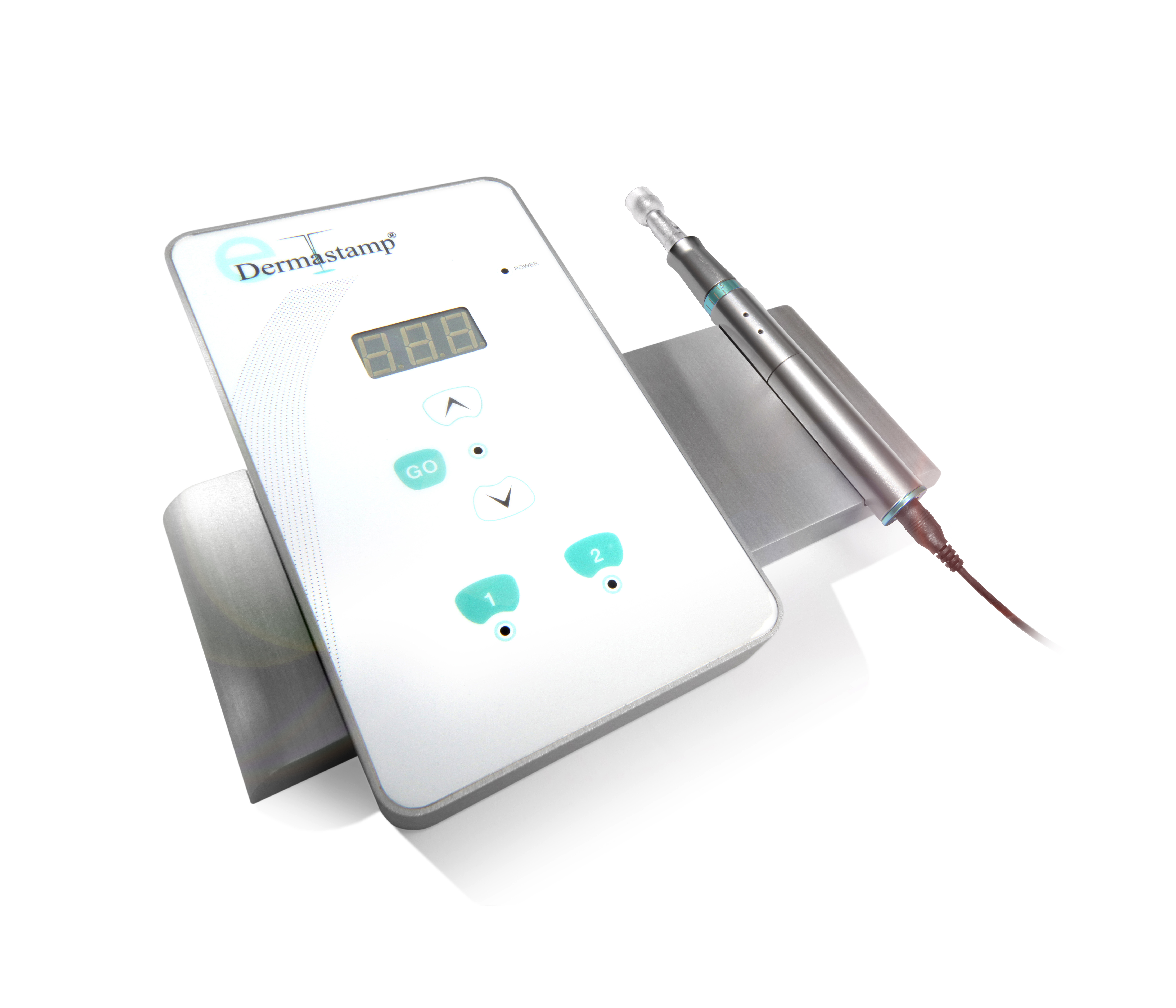Female Pattern Hair Loss
Female pattern hair loss (FPHL) refers to the condition of hair loss that women diagnosed with androgenic alopecia experience. A lot of women experience FPHL: approximately 40% of women up to age 50 start showing signs of potential hair loss and about 55% of women by age 80 do not have full head of hair.
In female pattern hair loss, scalp hair begins to thin as a result of increased hair shedding and/or decrease of hair volume. On average, a healthy person loses about 50-100 hairs a day.
Female pattern hair loss has very recognisable features which make it distinguishable from male pattern baldness. Male pattern baldness starts with receding the frontal hairline and progresses into the bald patch on the top of the head. Women rarely experience male pattern baldness unless they have an excessive production of androgen in the body.
Female pattern hair loss is a genetically inherited condition. It is a polygenetic mode of inheritance, meaning that multiple genes are responsible for causing the condition. Female pattern hair loss can be inherited either from one or both biological parents. Up to current date, any genetic testings for potential hair loss are considered to be unreliable.
Female pattern hair loss can affect any woman at any age. However, it usually occurs after menopause. The hair loss is not a continuous process; it occurs periodically. For instance, a patient can experience a drastic hair loss from 3 to 6 months and then have a stability period from 6 to 18 months. Without medications, the hair loss can turn into a severe condition lasting for decades.
Hair loss is not just a cosmetic issue but also a serious psychological distress for anyone who goes through it. Women affected by hair loss tend to have a negative body image and challenges in coping with daily activities. Affected women also experience introversion, depression, low self-esteem, and feeling of unattractiveness. It is believed that society’s emphasis on youthful appearance creates even more problem and challenges on daily basis for women experiencing hair loss.
After a dermatologist’s consultation, patient usually gets scheduled for blood tests. These blood tests include testing for levels of female and male sex hormones as well as thyroid function. Majority of women who have female pattern hair loss do not exhibit abnormal levels of hormones. But some women show abnormal levels of androgens which also results severe acne, irregular menstrual cycle and excessive hair growth on body and face.
There are a few treatment options available for female pattern hair loss but there is no complete cure. The treatment is mainly emphasized on stopping or slowing down the progression of hair loss rather than just focusing on hair regrowth. However, some women report having hair regrowth after proper treatment. Overall, each individual is unique and shows different results meaning that it is not possible to predict what treatment options would be beneficial or ineffective.
Hormonal treatment is commonly used. It includes taking prescribed oral medications that block the effects of androgens. Some of these medications are cyproterone, spironolactone, and flutamide.
The combination of low dose of oral minoxidil (0.25 mg per day) and spironolactone (25 mg per day) show successful results in improving hair density and decreasing the hair shedding.
All prescribed treatments need to continue for at least 6 months before positive results can be seen. Long term treatments are usually followed for sustaining prolonged benefits.
Cosmetic camouflages are also popular among women who experience female pattern hair loss. This includes coloured hair sprays that cover any thinning areas on the scalp, hair wigs, and hair bulking fibre powder.
Low-level laser therapy and platelet-rich plasma treatments have showed significant improvements in patients with hair loss after a course of sessions.
Centre for Medical and Surgical Dermatology offers various treatment options for female pattern hair loss which are unique for every patient. For more information on hair loss, visit the following link:
For more information on male pattern hair loss, visit the following link:
Centre for Medical and Surgical Dermatology offers low-level laser therapy as one of its treatment options for female pattern hair loss. For more information om low-level laser treatment, visit the following link:
2 Comments
Comments are closed.
Related Posts




Everything is very open with a precise clarification of the issues.
It was really informative. Your site is very helpful.
Thanks for sharing!
Hеllo every one, here every person is sharing these kinds of
know-how, so it’s pleaѕant to read this webpage.